
views
Using Xylitol as a Sugar Substitute

Use it for cooking and baking. Xylitol can replace sugar in almost any recipe, as long as the recipe doesn’t rely on sugar breaking down into liquid form. Xylitol isn’t capable of caramelizing, even when exposed to extremely hot temperatures. Swap out the sugar for Xylitol in your favorite cake and cookie recipes. Also don’t use Xylitol in recipes that rise with the use of yeast, such as bread. Xylitol can’t be metabolized by yeast. You may find that you need to take cookies made with Xylitol out of the oven sooner than cookies made with sugar in order to get the texture you desire. Xylitol is sold as brand-names like Xylosweet, Emerald Forest, and Swerve.
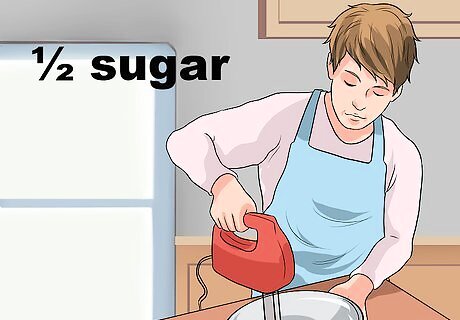
Use the same quantity as sugar. While many artificial sweeteners are much more concentrated than sugar, Xylitol has the same amount of sweetness. This makes substituting even easier because you don’t have to adjust measurements at all. For example, if you’re baking a cake and the recipe calls for 1 cup (225 mL) of sugar, then you’d use 1 cup (225 mL) of Xylitol instead.
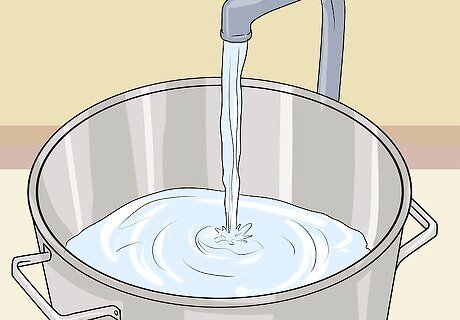
Increase the liquid content in your recipes. Xylitol absorbs moisture much more than sugar does. Because of this, you may want to add a little more of the liquid ingredients to your recipes in order to get the best end product. Every recipe is different, so use your best judgment for this. Try adding a little bit of yogurt to your cookie recipe when substituting Xylitol for sugar. This should give your cookies the moisture they need.
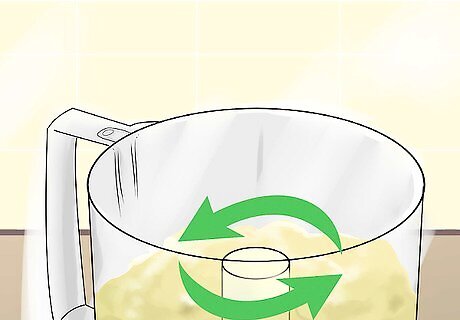
Grind the Xylitol to avoid gritty texture. If you use Xylitol in recipes that don’t contain a lot of moisture, the end product may be gritty in texture. To avoid this, grind your Xylitol in a coffee grinder, Magic Bullet, or food processor.

Mix Xylitol with molasses to get brown sugar. You can also use Xylitol as a substitute for brown sugar. For every cup (225 mL) of Xylitol, simply add in 2 teaspoons (10 mL) of molasses.

Sprinkle some in your coffee or tea. You can also sprinkle some Xylitol onto foods and into drinks when you desire a sweeter taste. This works great for coffee, tea, and breakfast cereal.
Using Concentrated Xylitol
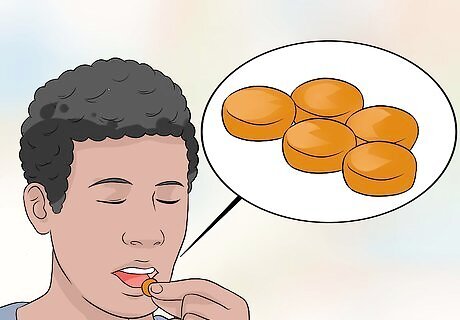
Suck on Xylitol mints to improve your dental health. Xylitol consumption has great effects on oral hygiene and health. By sucking on 100% Xylitol mints a few times a day, you can help prevent cavities. Pop in a mint after every meal or snack that you eat. For the Xylitol to really make a positive impact on your dental health, it’s recommended that you have 6–8 grams (0.21–0.28 oz) (1.3-1.7 tsp) per day. Because each mint contains about 1 gram (0.04 oz) (0.2 tsp), this means you should have 6-8 mints each day. Note that brushing your teeth for 2 minutes twice per day and flossing daily are the best ways to prevent cavities.
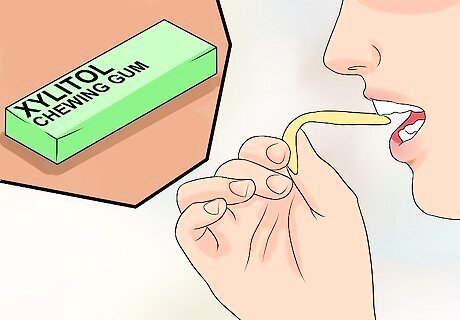
Chew Xylitol gum to fight infections. 100% Xylitol gum can prevent cavities and also help ear and nose infections. Xylitol can help reduce the severity of infections in these areas because its chemical structure can prevent certain microorganisms from attaching to tissues. This keeps bacterial growth from taking place. Xylitol gum also prevents cavities by reducing plaque and tooth decay. Xylitol gum also contains about 1 gram (0.04 oz) (225 mL) of Xylitol, so it’s best to chew 6-8 pieces per day.

Make your own Xylitol toothpaste. Another way to use Xylitol to improve your dental health is to apply it directly to your teeth every morning and night. To make your own Xylitol toothpaste, mix together 2 tablespoons (30 mL) of warmed coconut oil, 3 tablespoons (45 mL) of baking soda, ½ teaspoon (2.5 mL) of Xylitol, and 10 drops of peppermint oil. Keep the toothpaste in an airtight container. Speak to your dentist before switching to Xylitol toothpaste. You can also purchase Xylitol toothpaste if you aren’t interested in making your own. Xylitol mouthwash and fluoride treatments also exist and serve a similar purpose.
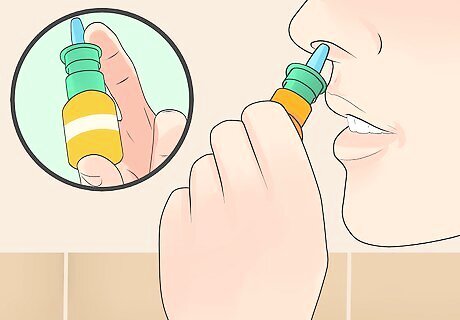
Make your own Xylitol nasal spray. You can also consume concentrated Xylitol in the form of a nasal spray. You can either purchase this or make your own. To make Xylitol nasal spray, dissolve 1 teaspoon (5 mL) of sea salt and ½ cup (118.2 mL) of Xylitol in a cup (225 mL) of warm water. Every morning and night, put the tip of the spray bottle up your nostril and breathe in through your nose as you spray the mixture. Speak to your healthcare provider before trying a Xylitol nasal spray. You can purchase a reusable nasal spray bottle at most drugstores.




















Comments
0 comment